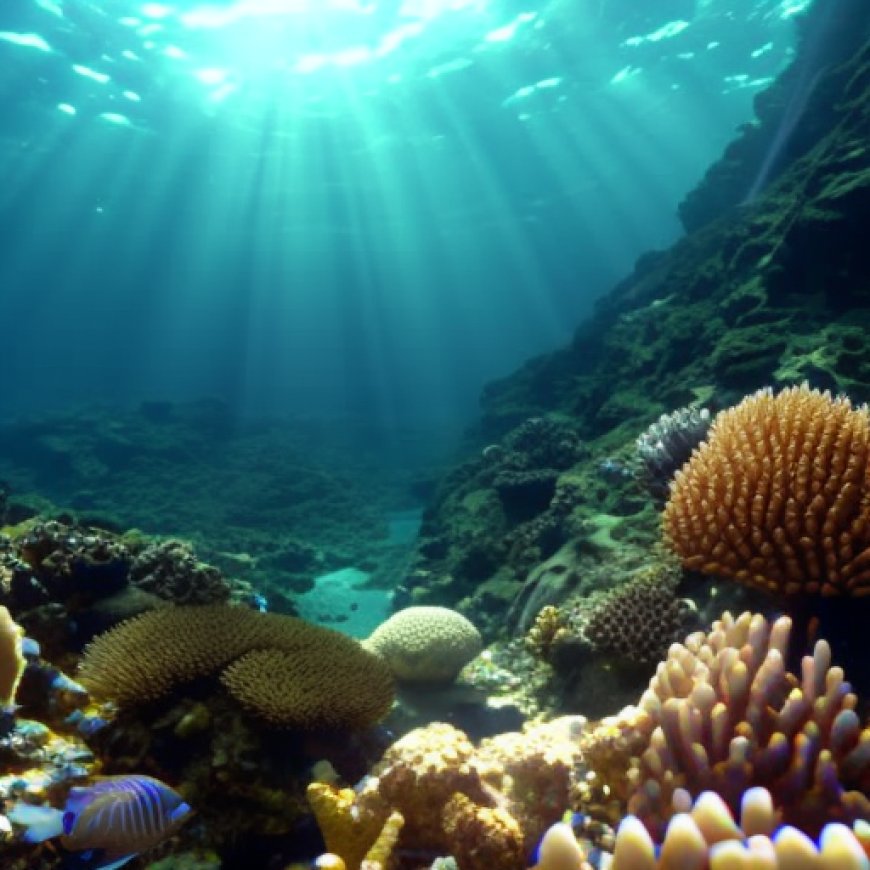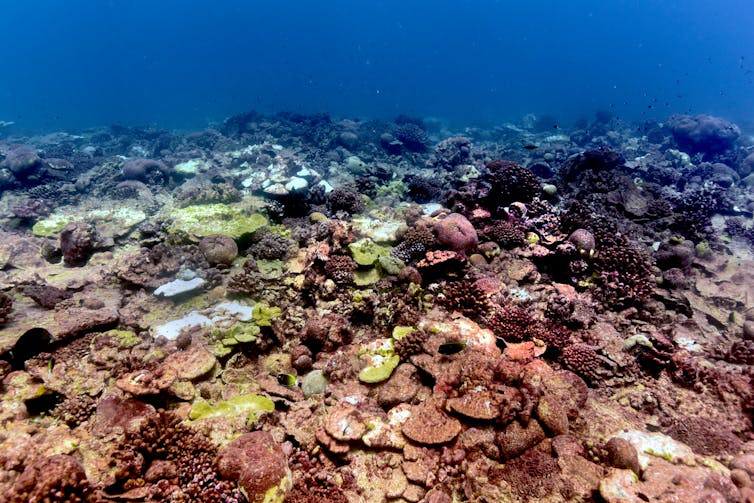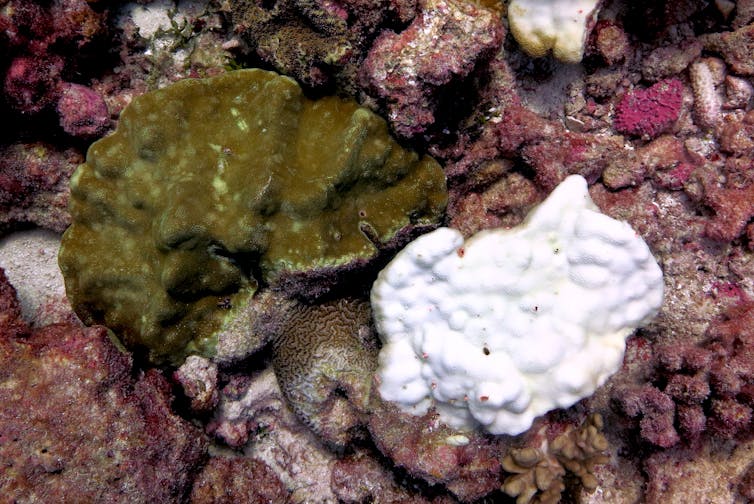Coral reefs: How climate change threatens the hidden diversity of marine ecosystems
Coral reefs: How climate change threatens the hidden diversity of ... The Conversation


Marine Heat Waves: A Threat to Coral Reefs and Biodiversity
Like the heat waves on land we have all grown familiar with, marine heat waves are being amplified by climate change. These extreme warm water events have ushered in some of the most catastrophic impacts of climate change and are now a major threat to ocean life.
The Vulnerability of Coral Reefs
Coral reefs, which are home to a quarter of all life in the ocean, are the most vulnerable. This is a dire situation, given the vast number of people who depend on coral reefs for their sustenance and livelihoods.
The Variability in Coral Sensitivity
As climate change pushes corals beyond their limits, a key question is why different corals vary in their sensitivity to warm waters.
A reef on Kiritimati (Christmas Island) at the end of the 2015-16 marine heat wave where some Porites lobata colonies survived (yellow/tan colours), some were alive but bleached (white colonies), and some died along with the rest of the reef (red/purple/pink colours of turf algae covering dead colonies). (Danielle Claar), Author provided.

Hidden Impacts on Genetic Composition
In our new study in Science Advances, we examined the genetics of hundreds of individual corals during the 2015-16 El Niño-driven heat wave. Our results suggest that heat waves have hidden impacts on the genetic composition of reef-building corals. Understanding this could help scientists bolster reef resilience to future heat waves.
Pushing Corals Out of Their Comfort Zones
Corals are highly adapted to the temperature of their local waters, with temperatures even 1 C warmer than normal pushing them out of their comfort zone. Unusually warm water disrupts the vital relationship between stony corals (the reef-builders) and their symbiotic partners, microscopic algae that provide food to the corals. This causes coral bleaching, and in many cases mortality.
Read more:
Is the Great Barrier Reef reviving – or dying? Here’s what’s happening beyond the headlines
The tropical heat wave at our study site in the central Pacific Ocean, Kiritimati (Christmas Island), lasted for ten months, a world record. This led to extensive coral bleaching, presenting an opportunity to determine why some corals died and others survived.
Cryptic Diversity within a Widespread Coral Species
We focused on the widespread lobed coral (Porites lobata). This species is amongst the most heat-tolerant corals, and despite almost 90 per cent of all coral cover being lost on Kiritimati, over half of lobed corals survived. In fact, some Porites colonies didn’t bleach at all.
Using genomic tools, we identified three distinct types of Porites lobata on Kiritimati. These lineages, which may represent distinct species, are indistinguishable by eye but genetically different.
Join us, as fellow seekers of change, on a transformative journey at https://sdgtalks.ai/welcome, where you can become a member and actively contribute to shaping a brighter future.
 theconversation.com
theconversation.com








